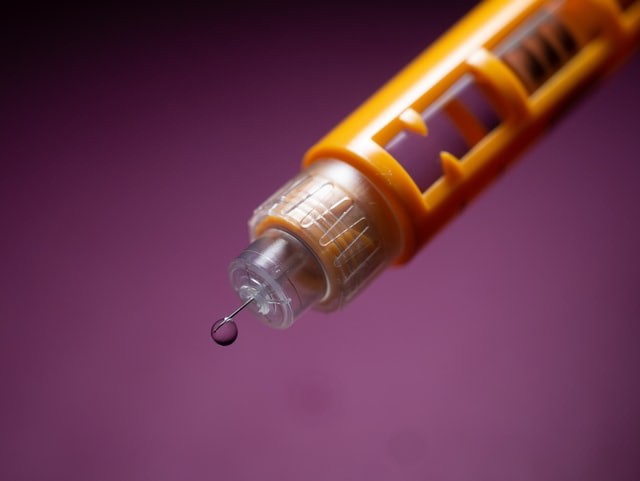In a new study, researchers compared the treatment effects of a chemical compound to the effects of insulin alone and the nanomaterial alone in mouse models of type 1 diabetes.
According to a Medical Xpress report, the measures of blood sugar results and insulin-related activity in the mice's brains treated with the combination treatment came close to those of healthy animals, and these same mice did better on tests of their memory and thinking.
This same report also specified that there might be a way, later on, to enhance diabetes treatment, with better blood sugar control, its use by the brain, and a lower neurological disorder risk, by attaching insulin to a specifically designed nanomaterial.
Specifically, researchers at the Ohio State University have developed a compound that consists of insulin bound to a string of amino acids, including a group of antioxidants.

Chemical Structure of Insulin
Earlier research of mice published in Biomaterials suggested these anti-diabetes properties of nanomaterial included enhancing consumption of glucose and availability as fuel for the brain.
Previous research has associated both type 1 and type 2 diabetes with problems with cognitive function and higher dementia risk. However, according to associate professor of human sciences Ouliana Ziouzenkova from Ohio State, neurological complications of diabetes "are the least addressed."
Ziouzenkova, the study's senior author, also said they found in mice that the molecule and insulin combined were better than every treatment alone in reversing problems related to diabetes, and generated a dramatically enhanced cognitive performance compared to all other groups.
As indicated in the study published in the Pharmaceutics journal, the molecules the researchers used to bind the chemical structure of the insulin called AAC2, were developed in the laboratory of John Parquette, co-senior author of the study and professor of chemistry and biochemistry at Ohio State.
Insulin Inadequacies
The bodies of people who have type 1 diabetes do not produce an adequate amount of insulin, and in those who have type 2 diabetes, the body is unable to properly use insulin to transfer sugar from the blood to muscle and fat cells, as well as many other cells found in the body, that use glucose for energy.
The brain, a major organ that needs the use of glucose for fuel, depends on particular transporters to deliver glucose, transporters, whose function can be regulated by irregularities in sugar levels like those that exist in diabetes.
In this research, studies were carried out in mice chemically and genetically engineered to have insulin inadequacies that are causing high blood sugar levels, the hallmark of type 1 and type 2 diabetes.
The study investigators injected the animals every three days with either human insulin alone used to determine treatment from insulin produced by the mice, the AAC2 alone, or the AAC2 molecule bound as a combination treatment to the human insulin.
Nanomaterial
An Ohio State News report specified that the team discovered that only the combination therapy generated steady glucose levels in the mice over long periods and favorably influenced gene expression and neurotransmitter transport in the brains.
Find out more about Human Nutrition Associate Professor Ouliana Ziouzenkova's research on the future of diabetes treatment. https://t.co/2Qea6DkeEg
— Human Sciences at Ohio State (@human_ohio) March 28, 2022
The mouse models treated with the combination treatment also performed better during cognitive-behavioral tests than animals treated with just insulin or the nanofiber AAC2.
Study findings suggested that such benefits relate to how the interactions of insulin with the nanomaterial influence two aspects of glucose use in the body, including glucose for energy metabolism and glucose use for both structural and storage needs. Together, such positive effects of the therapy can reestablish a healthy balance of energy, explained Ziouzenkova.
She added, their concept offered a balanced metabolic impact involving a unique pathway induced by such a supramolecular complex.
Related information about nanotechnology used in diabetes treatment is shown on Euronews's YouTube video below:
RELATED ARTICLE : Nanocapsules for a More Effective Chemodynamic Therapy Developed for One-Step Cancer-Fighting Approach
Check out more news and information on Nanotechnology and Diabetes in Science Times.
© 2025 ScienceTimes.com All rights reserved. Do not reproduce without permission. The window to the world of Science Times.











